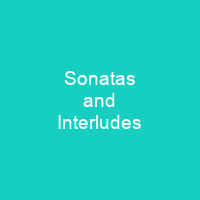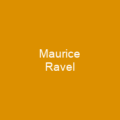Sonatas and Interludes is a cycle of twenty pieces for prepared piano by American avant-garde composer John Cage. It was composed in 1946–48, shortly after Cage’s introduction to Indian philosophy and the teachings of art historian Ananda K. Coomaraswamy. The aim of the pieces is to express the eight permanent emotions of the rasa Indian tradition. Cage dedicated the work to Maro Ajemian, a pianist and friend.
About Sonatas and Interludes in brief

He also stated that Sonata XVI, the last of the cycle ), is “clearly European. It was the signature of a composer from the West. Cage also said that the pieces with bell-like sounds suggest Europe and others with a drum-like resonance suggest the East”. The cycle was completed in March 1948. It has been performed many times since 1949, including one of the first performances on January 12, 1949, in Carnegie Hall. Critical reaction was uneven, but mostly positive, and Cage performed it himself on several occasions in the late 1940s and early 1950s. The success of the works led to a grant from the Guggenheim Foundation, which Cage received in 1949, allowing him to make a six-month trip to Europe. There he met Olivier Messiaen, who helped organize a performance of the piece at the salon of Suzanne Térré in Paris on June 17, 1949. Cage also met Pierre Boulez, who became an early admirer and wrote a lecture about the work for his students on June 7, 1949; he befriended Boulez and wrote about it for the lecture of the same month.
You want to know more about Sonatas and Interludes?
This page is based on the article Sonatas and Interludes published in Wikipedia (as of Nov. 04, 2020) and was automatically summarized using artificial intelligence.







